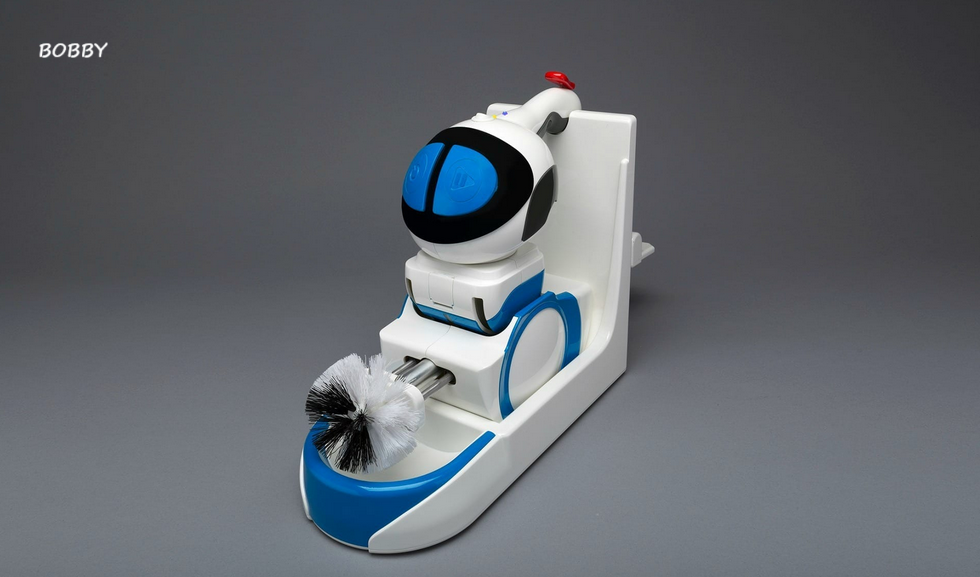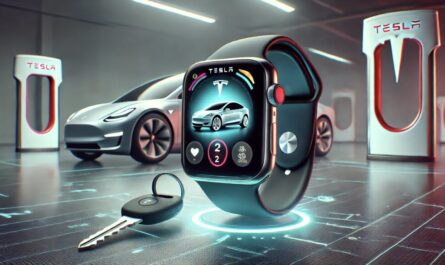A new generation of smart home devices is turning even the most ordinary household items into powerful data-collection tools. From smart toilets that analyze your health to robots that clean your home and AI systems discovering new medicines, technology is redefining the boundaries between daily convenience and futuristic innovation.
In this week’s edition of The Future of Everything, we explore how smart bathroom tech, artificial intelligence, robotics, and blockchain are merging into everyday life—each with the potential to transform industries, homes, and even our personal health.
Smart Toilets: Turning Daily Habits Into Health Insights
The idea of a “smart toilet” might sound futuristic, but it’s already here. A newly launched device called Dekoda, priced at $599, aims to make your bathroom routine more insightful than ever. Developed by Kohler Health, the gadget attaches to a regular toilet and uses built-in sensors and cameras to analyze urine and stool samples.
Unlike smartwatches and fitness trackers that monitor heart rate, steps, or sleep patterns, the Dekoda dives deeper—literally. It focuses on aspects of health that most wearables cannot track, offering valuable data related to hydration, diet, and digestion.
The device uses Wi-Fi connectivity to send captured data to Kohler Health’s secure cloud servers, where it’s processed and presented in a companion smartphone app. Users can then review their hydration levels, stool consistency, and other biological signals. The app requires a $7 monthly subscription for ongoing access to insights and reports.
Launched in October 2025, Dekoda is one of the first smart toilet technologies available for the general public in the United States. But it’s far from the only innovation in this space.
Withings, a French health tech company, is preparing to release its U-Scan system, which clips inside a toilet bowl and analyzes urine to measure vitamin levels and metabolic indicators. Meanwhile, Japanese manufacturer Toto has introduced an advanced toilet with an integrated stool analysis scanner, launched in August, offering users a non-invasive glimpse into their gut health.
Are Smart Toilets Worth It? Experts Weigh In
While the technology is impressive, not everyone is convinced that these devices are essential. Health experts point out that the data collected is still relatively basic compared to what professional medical tests can reveal. For instance, hydration levels based on urine color or consistency might provide general wellness feedback but are not a substitute for clinical diagnostics.
However, supporters argue that smart bathroom devices can serve as early warning systems. Regular monitoring could help detect patterns of dehydration, dietary imbalance, or digestive irregularities before they escalate into health problems. As these devices evolve, future versions may even integrate with AI-driven diagnostics capable of flagging more serious conditions—making them potentially valuable tools for preventive healthcare.
For now, the smart toilet market is in its early stages, but the interest it’s generating suggests a growing appetite for technology that blends wellness tracking with convenience.
Robots That Do the Chores: The Future of Home Assistance
Imagine a robot that can fold your laundry, wash the dishes, and tidy your home—all without complaining. That’s the promise of Neo, a humanoid robot developed by 1X Technologies.
Tech journalist Joanna Stern recently spent a day with Neo to test how close it is to being a true household assistant. The experience revealed that while Neo can handle basic chores like cleaning surfaces or organizing clothes, it still relies heavily on human guidance.
Neo operates through a human-robot collaboration model, where trained operators remotely control or supervise its actions, ensuring precision and safety. This hybrid approach allows Neo to perform tasks in dynamic environments, but full autonomy remains a work in progress.
Nonetheless, Neo represents a significant leap forward in personal robotics. As AI systems improve, the line between remote control and independent operation is expected to blur. Experts predict that within a few years, humanoid robots could become as common in homes as robot vacuum cleaners are today—capable of managing entire households with minimal supervision.
AI Supercomputers Transforming Drug Discovery
In the pharmaceutical world, artificial intelligence is accelerating one of the most time-consuming and costly processes: drug development. Global drugmaker Eli Lilly recently announced a partnership with Nvidia to build an AI-powered supercomputer dedicated to drug discovery.
The advanced computing system will analyze massive datasets to identify potential drug molecules faster and more accurately than traditional methods. This collaboration aims to reduce the typical development cycle—which often takes years—by automating molecule modeling and predicting how compounds will interact with biological systems.
By leveraging Nvidia’s GPU-based computing and AI frameworks, Eli Lilly expects to speed up innovation, improve cost efficiency, and potentially bring new treatments to market sooner. This move is part of a larger trend across the healthcare sector, where AI-driven supercomputers are becoming indispensable tools for research, precision medicine, and early disease detection.
Robots at Work: Cities Embrace Automation
Robotics isn’t just limited to homes and factories anymore—it’s now entering city operations. Across the United States, municipalities are deploying robots for a variety of civic functions, from firefighting and lawn maintenance to beach cleaning and security patrols.
Cities such as Irvine, California, and Sanford, North Carolina, have already integrated robots into their public service departments. These robots not only reduce operational costs but also take on hazardous tasks that would otherwise endanger human workers.
The rise of municipal robotics reflects a broader shift toward smart city infrastructure, where automation and data analytics improve efficiency and safety in public spaces. As governments embrace technology, the line between human labor and robotic assistance continues to blur, redefining the modern urban workforce.
Finance Meets Blockchain: JPMorgan Chase’s Tokenization Breakthrough
In the financial sector, JPMorgan Chase is leading a groundbreaking initiative in blockchain technology. The banking giant has successfully tokenized a private-equity fund on its proprietary blockchain network.
This milestone marks the first phase of a larger project known as Kinexys Fund Flow, a blockchain-based platform designed to streamline fund management and transactions. By using blockchain, JPMorgan aims to enhance transparency, reduce settlement times, and eliminate traditional intermediaries in the investment process.
The move signals a major step toward the tokenization of traditional financial assets, allowing institutions to trade and manage investments more efficiently. With a broader rollout expected next year, the project could pave the way for a new era in digital finance where tokenized funds become standard practice.
Conclusion: The Connected Future Is Already Here
From smart toilets decoding your body’s data to robots cleaning your house and AI uncovering new medicines, technology is no longer confined to screens or devices—it’s integrating seamlessly into our physical world. These innovations mark the beginning of a more connected, data-driven, and automated future.
While challenges remain—ranging from privacy concerns to technological reliability—the progress in smart home devices, robotics, AI, and blockchain shows a clear trajectory. The everyday technologies we take for granted are rapidly evolving into intelligent systems designed to enhance comfort, efficiency, and health.
As the boundaries between the physical and digital worlds continue to blur, one thing is certain: the future is already arriving—one flush, one algorithm, and one robot at a time.




